Whether you’ve done two dives or 2000, it’s always nice to keep track of your time spent underwater. Dive logs are an important part of scuba diving, and a way to keep tabs on not just your dives but also your accumulation of experience and memories.
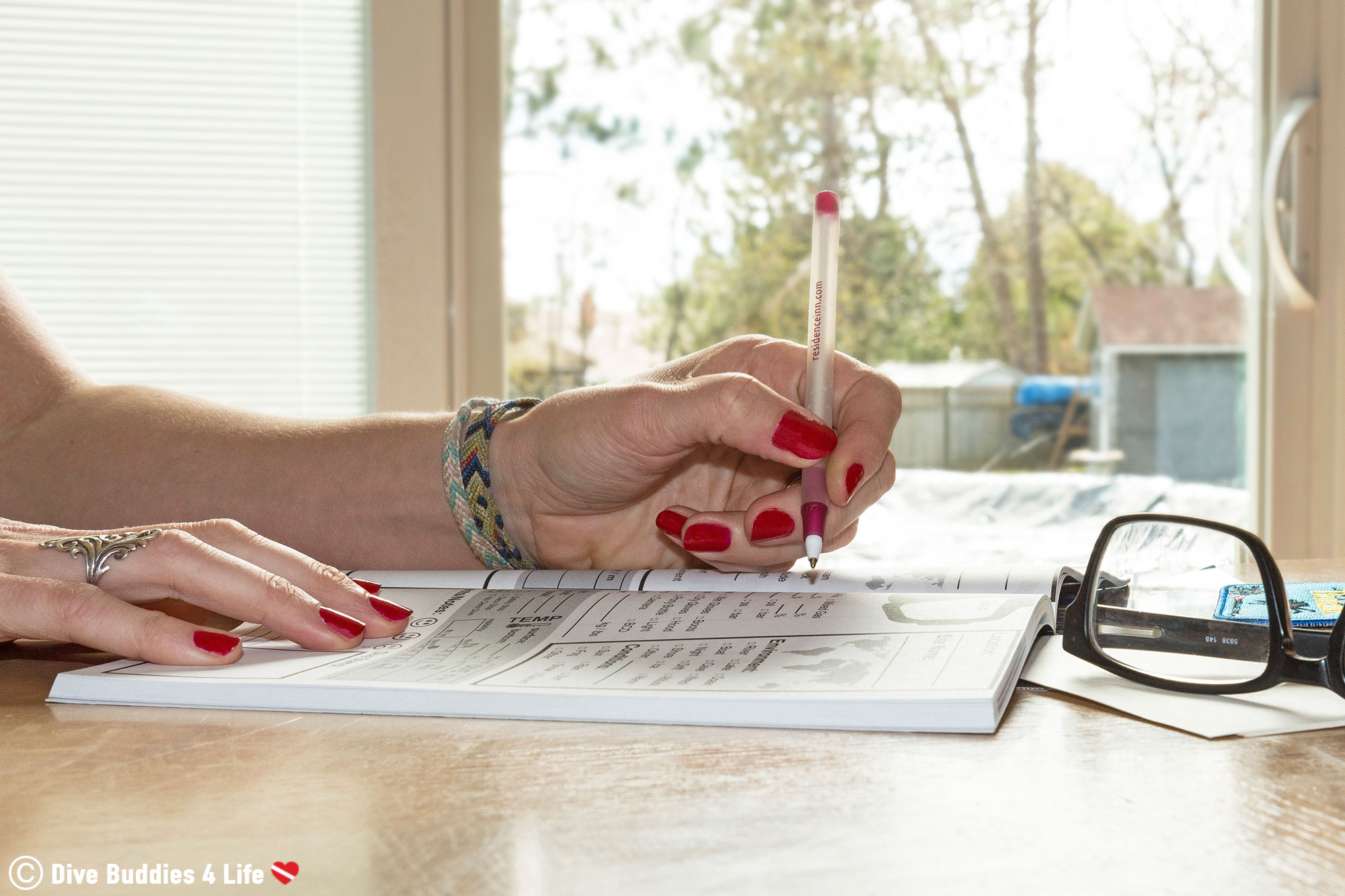
Dive logs are a data collection tool that has been drilled into our dive routine since our Open Water certification, where we are taught to track all of our dives as part of training.
Some people begin logging their very first Discover Scuba or Try Dive, whereas others only record the first dive of their Open water course when a qualifying instructor must sign a student’s log when they have satisfactorily completed the dives. Many divers still keep an active dive log, even after years of scuba diving. Some however have let recording their dives fall by the wayside after their initial training, seeing it as an unnecessary chore.
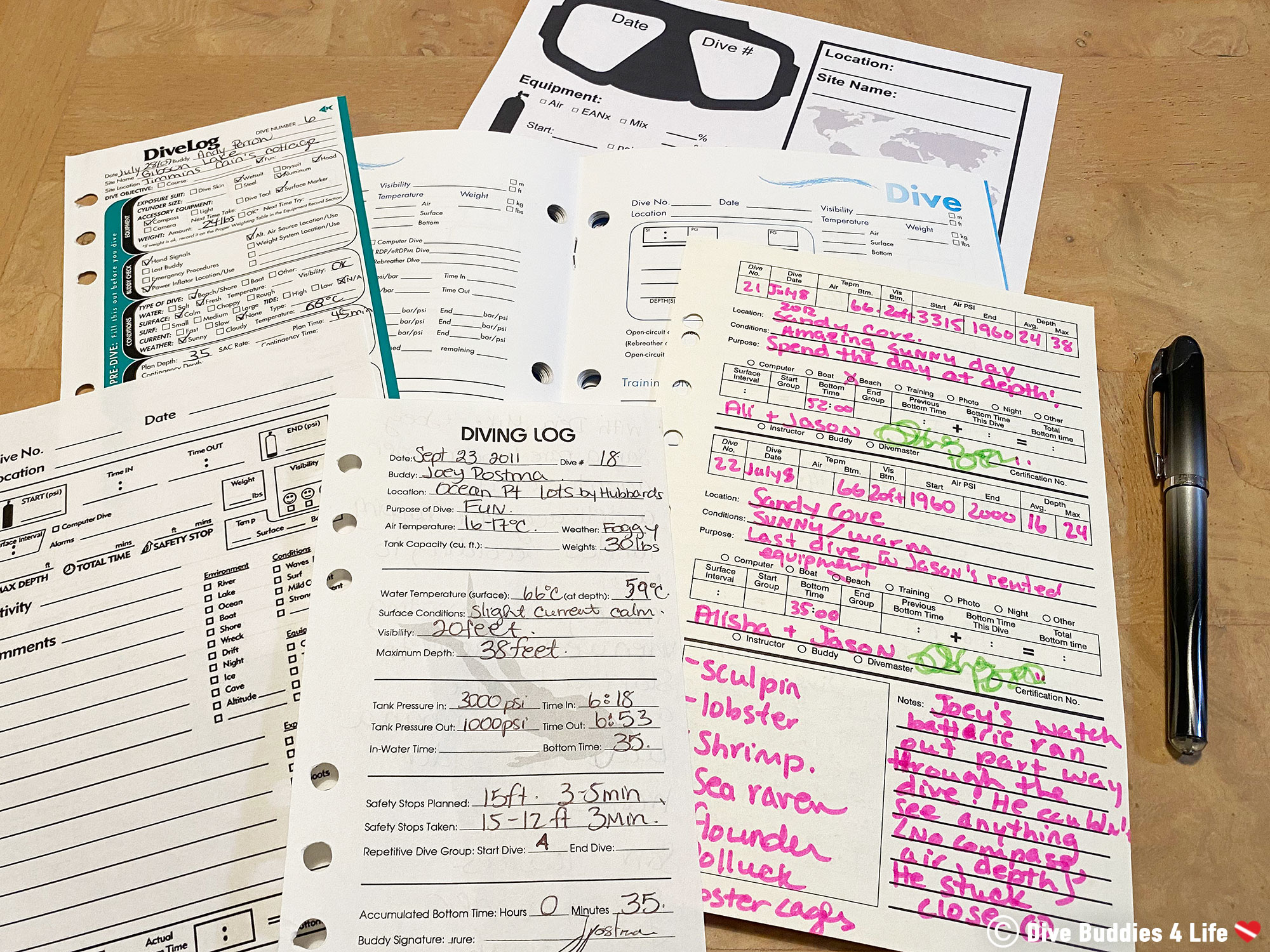
Logging dives has multiple benefits and is a habit worth continuing as you progress in your dive career. Ask around and divers can provide a multitude of reasons why you should be logging your dives.
One of the most obvious reasons for keeping a dive log is that it provides a fantastic reference to your personal dive history. For divers returning to previously visited sites, a dive log becomes a memory book. They afford divers with cues and reminders of the site’s conditions, wildlife and topography.
If you aren’t looking for site reminders, certain dive shops may also require that you take a refresher course if you have not been diving within the last 6 months. Liveaboards have been known to have fine print specifically asking for certifications in conjunction with logs showing dive experience prior to boarding. Having a logbook allows you to tangibly show your personal diving history, saving you these unnecessary costs and headaches.
Dive logs are also a tool used for further training and recognition, after all, there are no substitutes for experience. Some scuba diving programs mandate that students have a dive prerequisite before and after the course. A logbook allows you to showcase this experience level alongside any training and milestones you have achieved.
As a certified diver, you will be expected to remember your sizes, weight and equipment configuration. During initial dive training, your instructor will help equip and configure your gear (or rental gear). Different exposure suits, regulators, tanks, fins, BCD’s and weight systems can affect your dive in very different ways. The more dive experience you gain the more variety you will have with your equipment. Recording this information in your logbook can serve as a reference guide for future dives in all kinds of conditions.

Like practically everything that has to do with scuba diving, there are many different choices with regards to logging your dives. Physical and digital logbooks are two of the primary means to record your dive data.
Physical logbooks are the pen to paper style logbooks, where divers can keep a hard copy of their diving adventures. Divers can either use a notebook-style log with a preset number of pages or a binder, where they can print and add new pages when they run out of log space. Most people are big fans of keeping this diary-style book, with the biggest reservation being if the book gets wet.

Paperback Dive Buddies 4 Life Scuba Log: Looking for a paperback dive log? We love our very own Dive Buddies Logbook. It’s easy to use with ample space for all the important information.
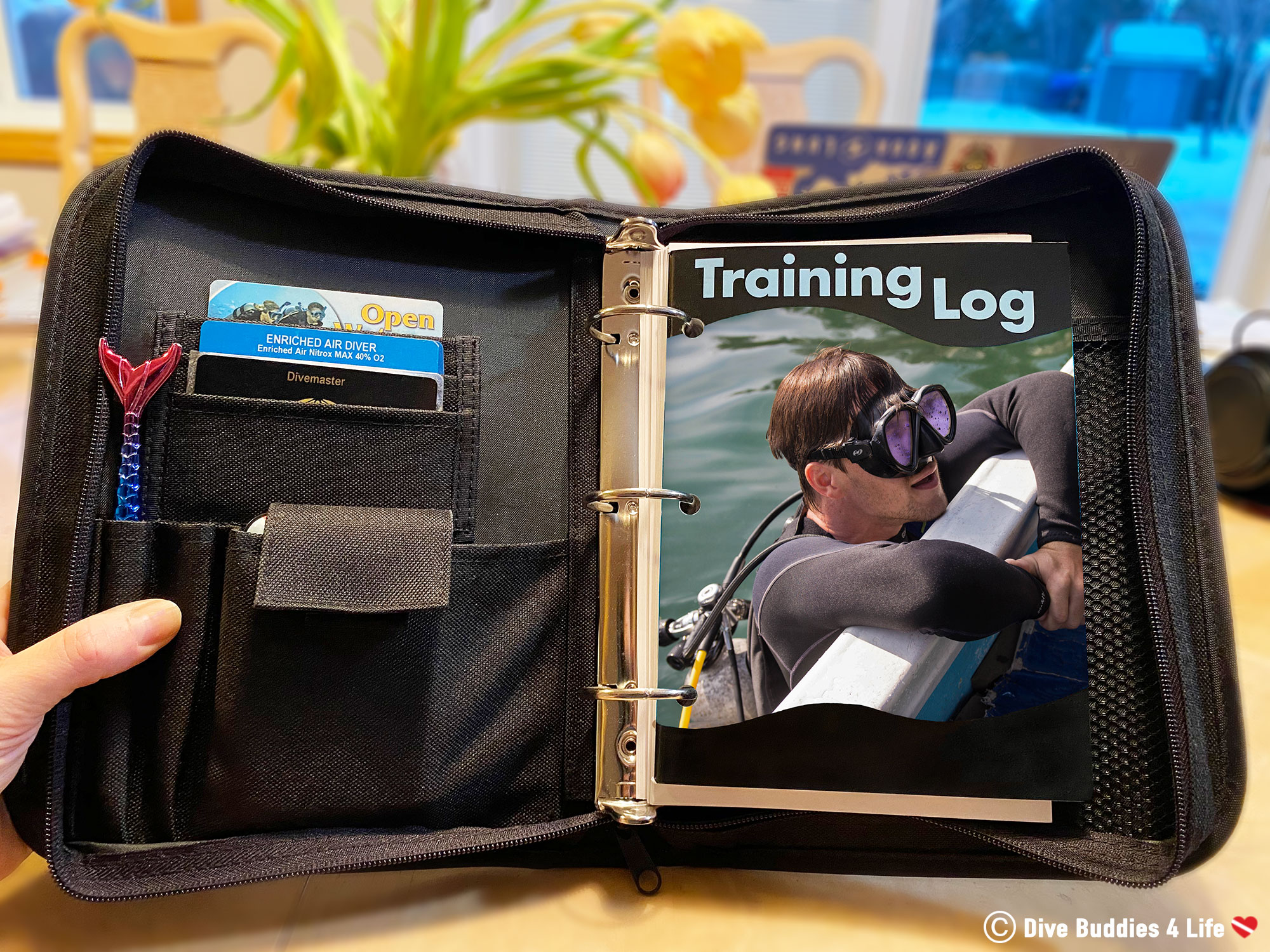
Digital logbooks are another viable option where a diver can keep an electronic copy of their log. Like many other aspects of life, digital logbooks are becoming increasingly popular as they are easy to use and offer many new and interesting features not available with paper logs.
There are several versions of digital logging:
Some websites offer “cloud” type dive logging, where the user creates an account on a secure site and can record their log information. These websites are great resources for other divers because they allow you to rate sites and upload images on top of recording your dive data.
Most dive computers can then transfer dive information into an electronic log. The amount of dive data a computer tracks can be astonishing. Depending on your computer and manufacturer, these files can go directly onto your computer or to a “cloud” type storage space. While most of the data will be transferred directly from the computer, divers themselves will need to enter location and equipment information.
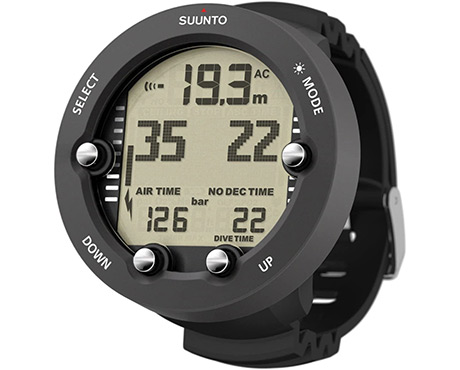
Dive Computer: The Suunto Vyper Novo is a wrist diving computer with optional wireless air integration. The watch is programmable for 21% to 99% oxygen mixtures as well as has air, nitrox, gauge and free dive modes.
Whether you use a paperback logbook or an electronic dive log, as a diver, you will need to decide for yourself which is your preferred means. While each variation comes with its own slew of advantages and disadvantages, the benefits of having a logbook in either form will only help you become a better diver.
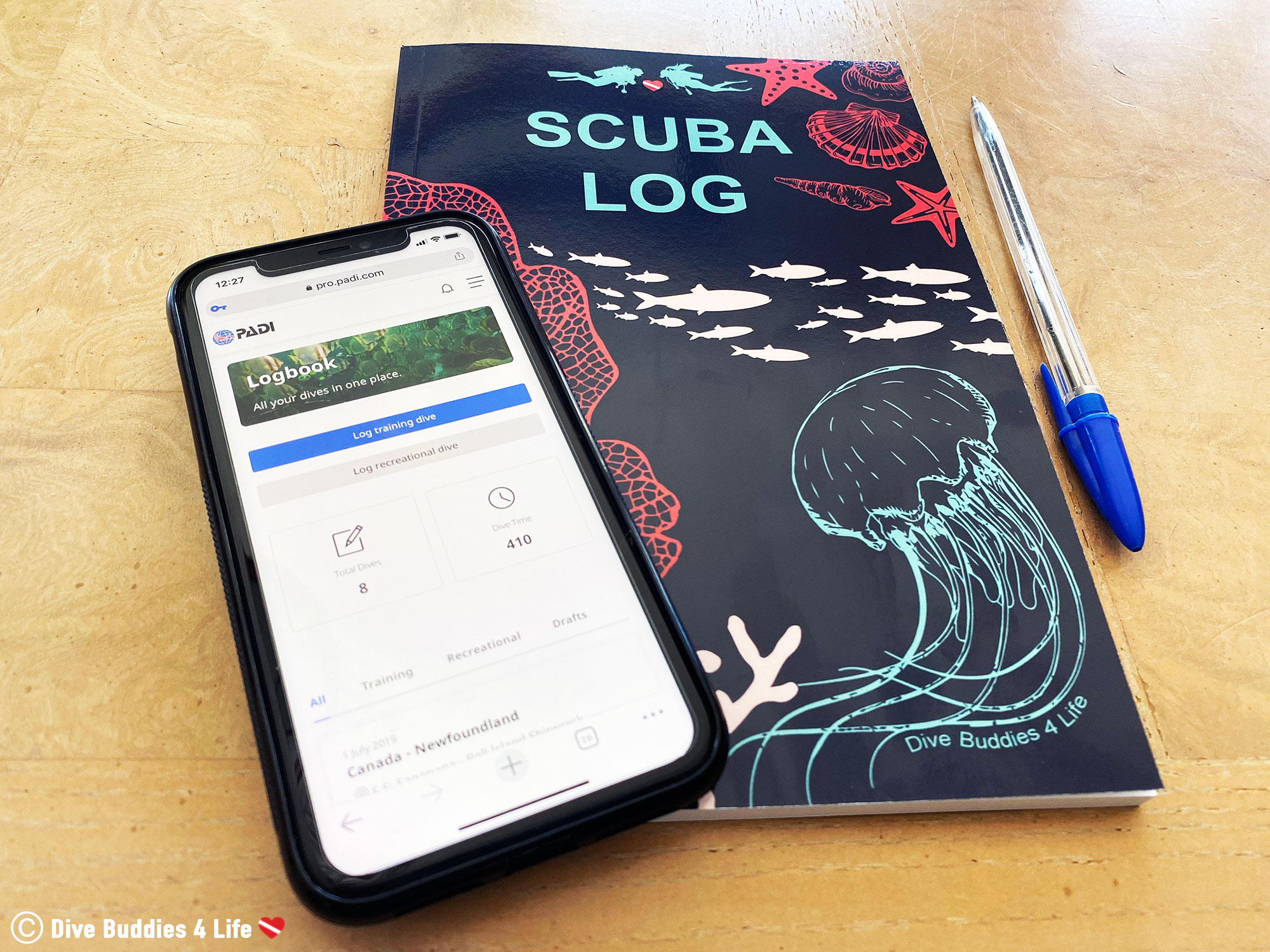
Dive logs are a subjective data collection tool. The level of detail which individuals choose to keep can be catered specifically to the person. The dive log can be as vague as the date, location, time spent underwater and dive buddy or as detailed as a diary entry recording the previously mentioned stats as well as sights, air consumption, weather, equipment, topography and depth.
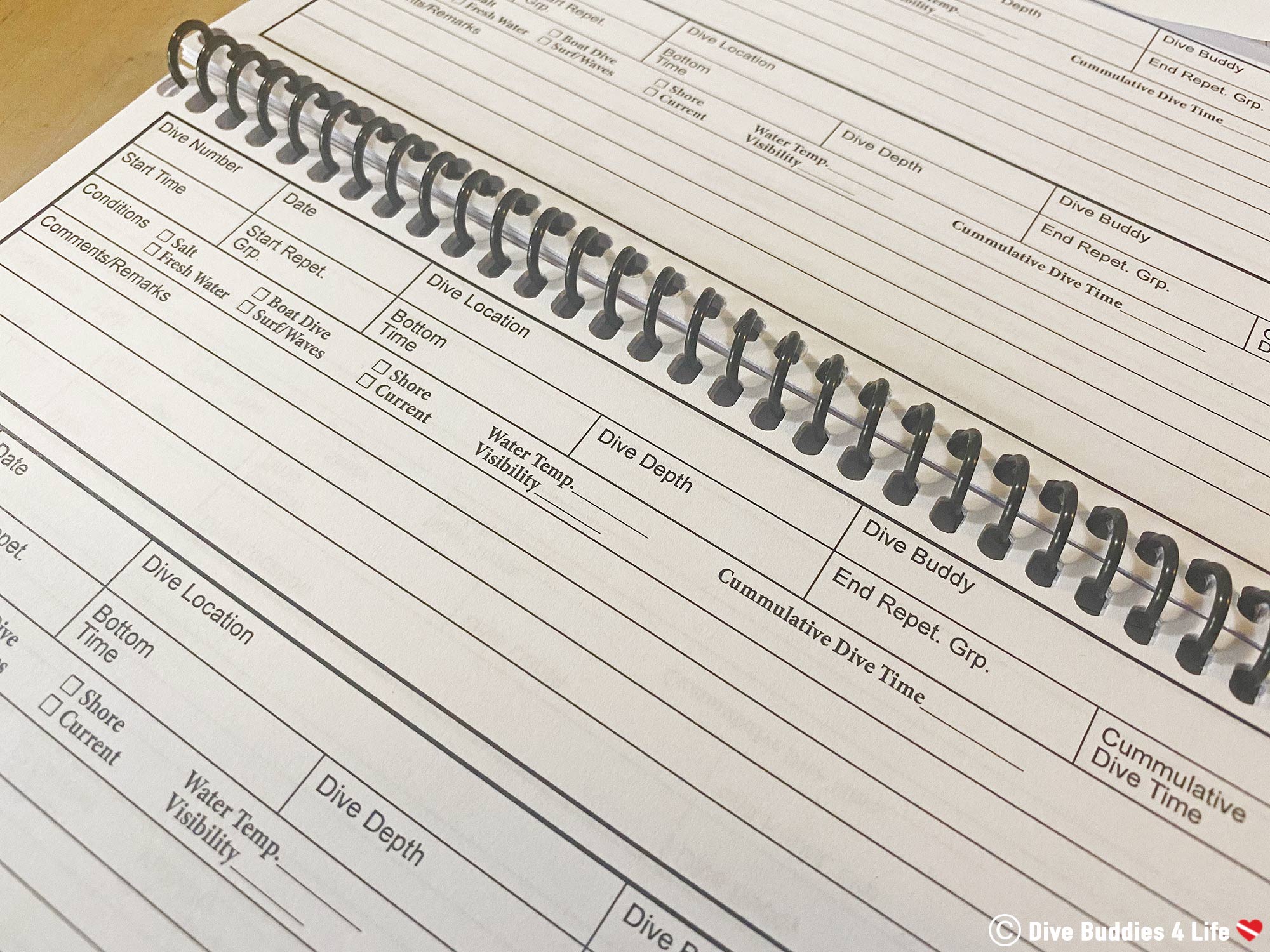
Here are some elements a comprehensive dive log should record:
Basic dive information includes the dive number, date and location.
Dive number is the number of dives you’ve done thus far in your entire diving career, the date is the date you completed the dive and the location can include where in the world you went diving along with a detailed description of the local dive site.
The dive statistic page typically includes; bottom time, visibility, air/gas mixes, depths, and environmental conditions.
Bottom time constitutes the total time spent underwater. This includes safety stops and is usually recorded on your computer.
Visibility is an approximation of how far you were able to see underwater during your dive. This is subject to interpretation and can be discussed with your dive buddy afterward. If you can barely see your hand in front of your face the visibility should be documented as poor or less than 1 meter (3 feet). If you feel like you are in a swimming pool, the visibility can be marked down as excellent or over 30 meters (100 feet).
Air and gas mixtures are where a diver records the start and end tank pressure as well as the specifics regarding gas mixtures.
Depth is the distance from the surface to the bottom. Typically divers record their maximum depth and average depth.
Under environmental conditions, divers can track the water and air temperatures, salt or freshwater, weather, current (calm or rip-roaring), surface conditions (smooth or choppy) and any other information pertaining to the dive environment. This section of a dive log can be particularly useful in tracking the conditions for repeated dives at a particular location.
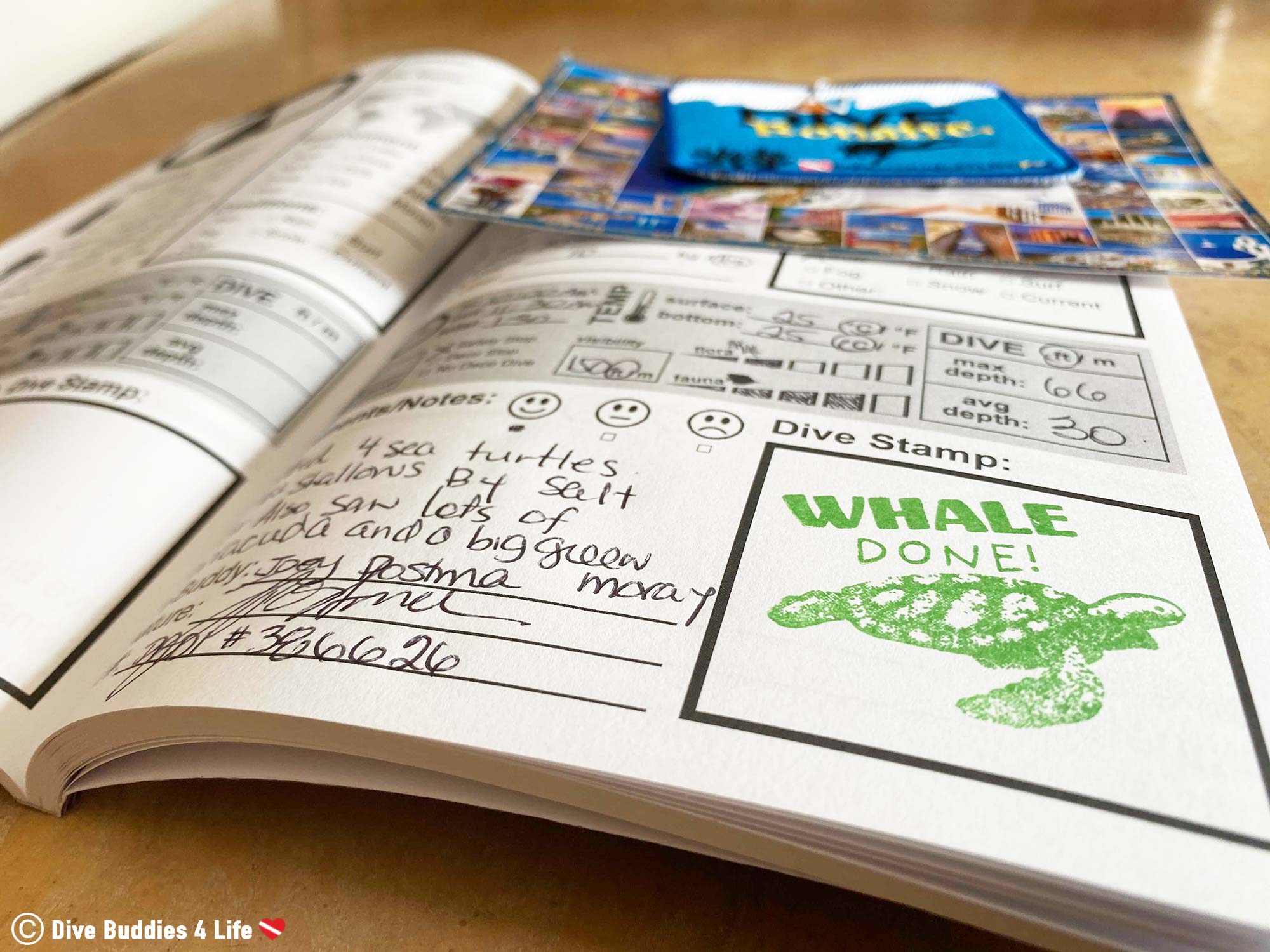
The equipment section of a logpage helps a diver track gear setup and what kind of equipment they are using under specific conditions. The main components highlighted under equipment are exposure suit, tanks and weighting.
Different temperature water will mandate different thicknesses of exposure suits. Keeping track of the water temperature versus what you, as a diver, have worn is important information to look back on. It can help make sure appropriate thermal protection is used for the water temperature.
There are many different sizes of dive tanks made from either steel or aluminum. Both types of tanks have different buoyancies underwater. If you are diving in Asia you are more likely to be using Aluminum tanks whereas the UK tends to have mainly steel. To put things into perspective, a standard steel cylinder with a capacity of 80 cubic feet will weigh around 12.7-13.6 kilograms (28-30 pounds), while it’s aluminum counterpart will normally weigh somewhere between 14-15.9 kilograms (31-35 pounds). Hence on average a diver will need to gain roughly 2.27 kilograms (5 pounds) extra when going from steel to an aluminum tank and vice versa.
How much weight did you use? Much like your exposure suit depends on temperature, buoyancy is influenced by external conditions and hence your weighting requirement can vary. Based on whether you are diving in fresh or saltwater, what type of tank you are using and how thick your exposure suit is, your buoyancy will change. Keeping a well-documented note on your equipment usage will help you adjust your weight to fit the environmental conditions and make sure you are not over or underweight.
The end or sign off section of a log page usually includes comments, stamp and dive buddy information.
The comment section is a spot where divers can jot down a few notes. Some people note whether it is a fun or training dive, others write a few memorable points from the dive. You can even go as far as making a rough diagram of the dive site for your next visit to the site.
All dive centers will have their own customized stamp. Generally, there will be a blank space where divers can place the stamp confirming their dive in said location.
Lastly, dive buddy information. In this section, your dive buddy can sign off with their name and certification number. It is important to have these dives signed off for future courses and/or proof of experience.
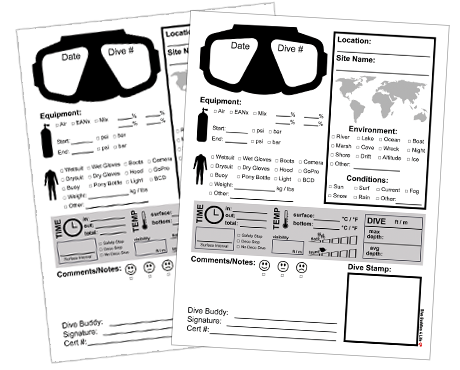
Self-print logbook pages: Track your dives and fill your scuba log with these ready-to-print Dive Buddies 4 Life PDF logbook pages. Each log page features clear and concise fields for basic information, dive stats, equipment and sign-off.
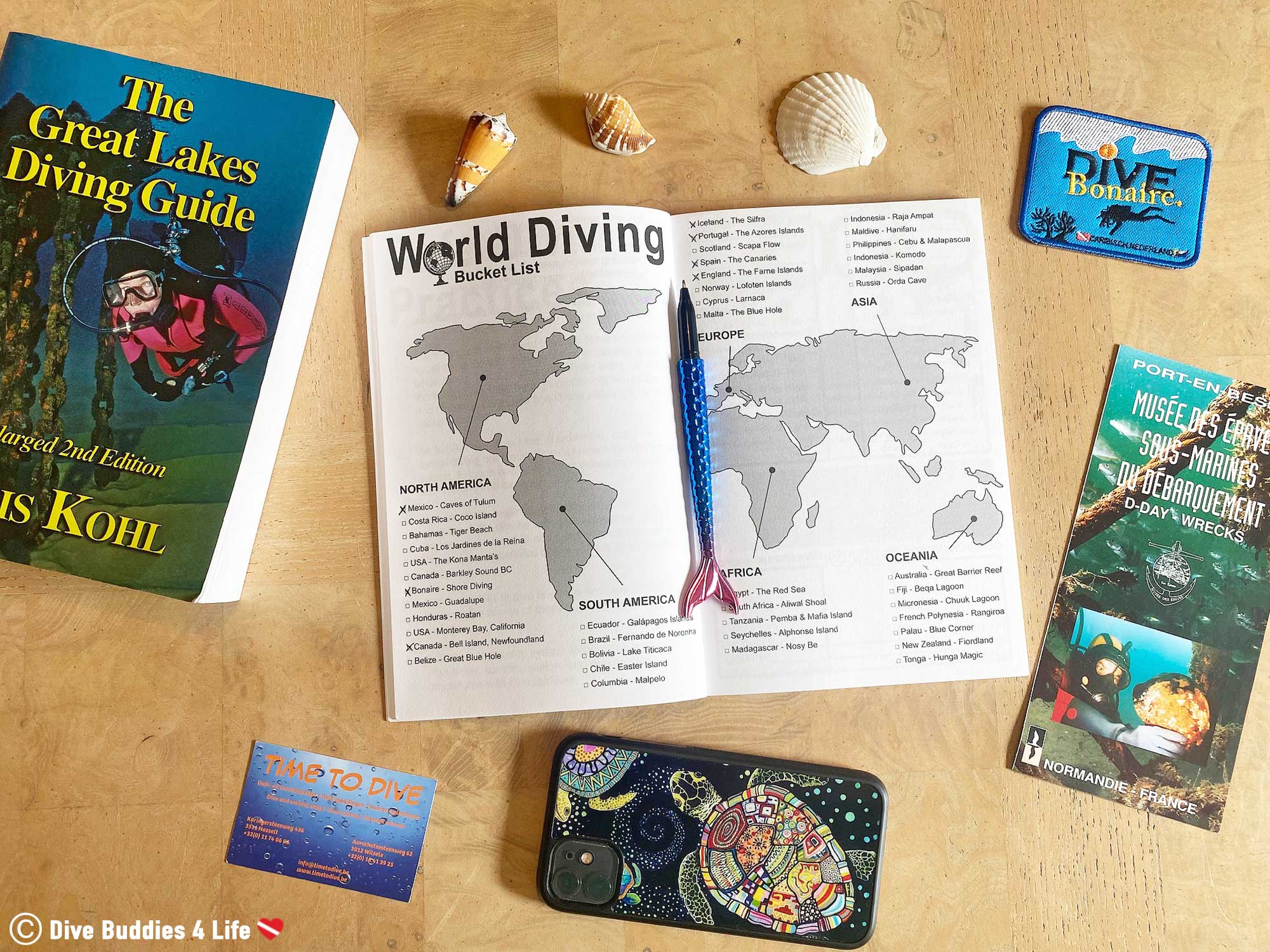
Do you still log your dives? What number are you at? What method of dive logging do you prefer using physical or digital?
Writers Note: This post may contain affiliate links. We will make a small commission if you make a purchase through one of these links, at no extra cost to you. See full disclosure and disclaimer policy here.


Awesome Maps creates illustrated maps inspiring travel and wanderlust. Their world dive map is a comprehensive art piece showcasing over 500 different dive spots with snippets of information about the type of dive and underwater attributes.

Sometimes all you need is a dash of colour and a splash of water! Spark your child’s creative spirit as they colour their way through the underwater world with the first official Dive Buddies 4 Life colouring book.

Dive equipment may be expensive, but new divers will find, there are many advantages to having your own set of scuba gear.

Help fight single-use plastics and their effects on our planet with this Canadian made eco-friendly glass straw.

La Méduse one of the oldest glass blowing workshops in Canada. They create beautiful glass jellyfish art pieces worthy of any scuba diver's home decor.

Reviewing the Secret of Rosalita Flats by author Tim W. Jackson who integrates scuba diving into the narrative of his most recent Caribbean mystery novel.

Cable Bites are adorable little plastic animals, which as the name implies, “bite” onto your phone, computer and iPad cords protecting them from breakage.
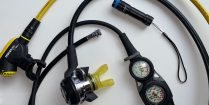
A dive light is an essential piece of your kit whether you are a beginner or a more advanced diver. Here is our review on the Xtar DB20 1000 dive light.

Scuba divers are always tricky people to shop for and with the holidays just around the corner here are some great stocking stuffer ideas.

If you thought drinking wine couldn’t get any better - allow us to introduce you to the shark wine glass.

If marine animals could talk here's what they would say to scuba divers this Valentine’s Day.

It’s a tale as old as time - women fighting against the assumption that they are weaker than men, women trying to rise in the ranks in a primarily male-dominated industry. And the battle is making progress, but it isn’t over yet...
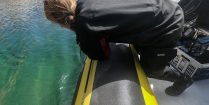
As a diver, sometimes you get hit with seasickness. Here are our solutions to dealing with seasickness before and during your dive.

Thanks for giving us an idea about the dive log. I find it interesting.